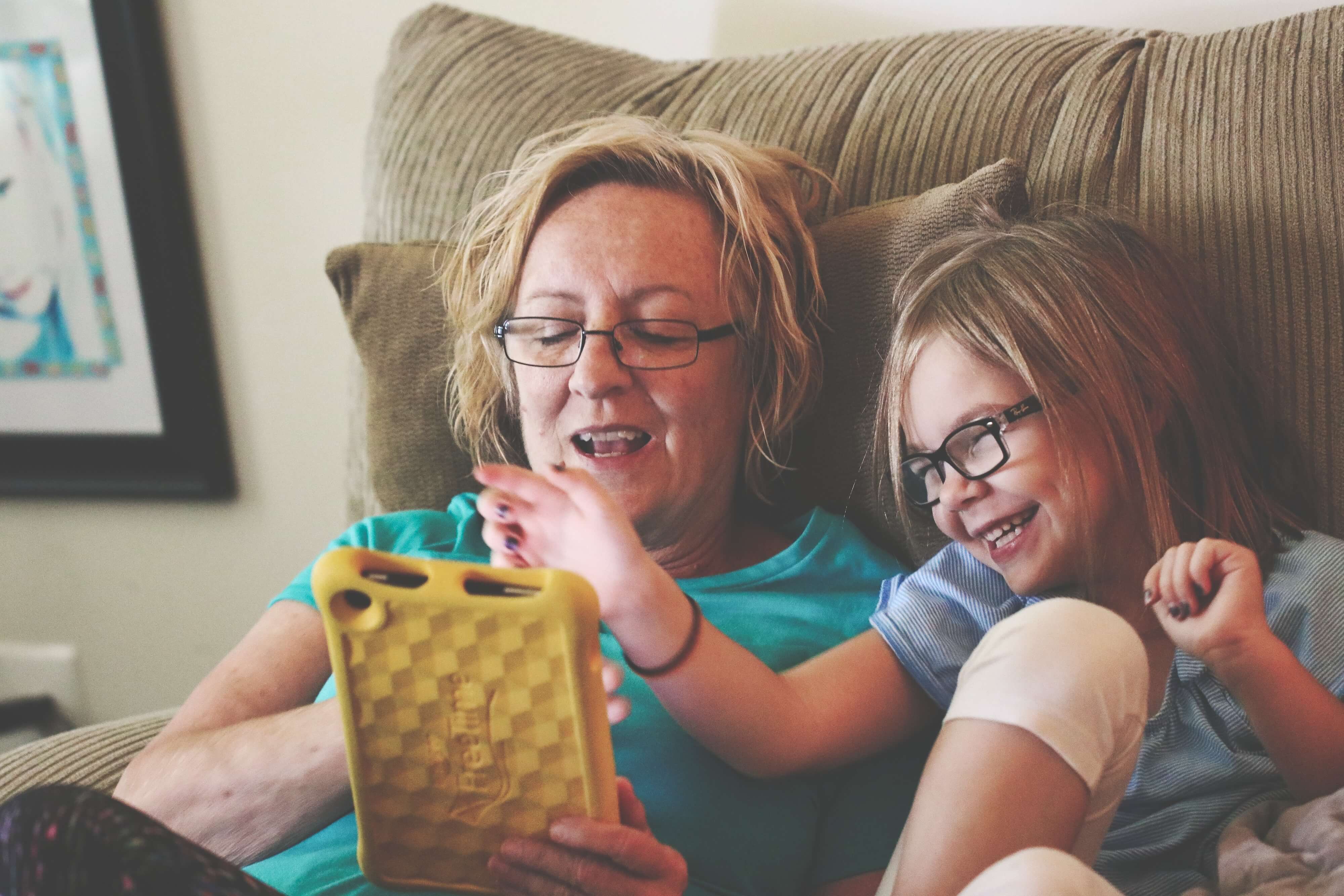Gray Area Thinking: A Way to Help Struggling Students Self-Advocate

It’s common to hear a struggling student make a sweeping statement like one of these:
- “I’m going to get a zero on the Macbeth essay.”
- “I’m never going to understand Shakespeare, so I’m not even going to bother listening.”
- “I’m not even starting that English project. It’s pointless.”
These kinds of extreme judgments represent the cognitive bias black-and-white thinking, which emerges from the belief that the options are either all or nothing. Students may demonstrate black-and-white thinking by labeling a classmate as either a best friend or an enemy, declaring their intent to quit the Drama Club if they don’t get a lead role in the play, or, as illustrated in the earlier examples, venting that an F is the only alternative if an A+ isn’t a sure thing. When a student’s black-and-white thinking about your class sounds defeatist, it doesn’t mean that she doesn’t care or even that she’s given up hope, though. On the contrary, it shows that she’s probably upset about a situation that she knows is important, but feels she can’t manage at the moment.
To prevent your students from falling into black-and-white thinking when they’re struggling with academics, you can help them self-advocate when you introduce the decision skill of “gray area thinking.” Gray area thinking means recognizing the more realistic set of possibilities that fall between the extreme judgments of black-and-white thinking.

Let’s take a closer look at the black-and-white thinking involved in “I’m going to get a zero on that Macbeth essay.” It’s unlikely that your student is unable to identify even a single quotation that contributes to the theme of Fate vs. Free Will or hasn’t learned anything over the years about constructing paragraphs. If she actually turns in a paper, she’s probably not going to get a zero. However, for a student who knows this assignment will challenge her, the opposite situation—acing the essay—is also unlikely. A more realistic prediction about the outcome falls somewhere in the gray area.
Encourage your student to do gray area thinking by listing her specific worries about the assignment. Maybe she reveals she’s still shaky on how to integrate quotations from the play into her paragraphs. And then she says she isn’t sure whether she should only write about how the theme matters to Macbeth or if she should mention Banquo and Lady Macbeth too. And to be honest, she admits, she could use a refresher on what makes a strong thesis statement. At this point, your student might estimate that it’s realistic for her to earn somewhere between a 65-75% on the essay if she wrote it right now. No, it’s not a good grade, but it wouldn’t have nearly as serious of an impact as the zero she initially anticipated, and now that she has a list of what she needs to work on, she can stay after school for targeted help and check in as she makes progress (or hits obstacles) with her draft. By focusing on specific areas she can realistically improve her predicted performance on the assignment.

In addition to helping individual students steer away from black-and-white thinking when they’re struggling, you can make gray area thinking part of your classroom culture. Whenever your students have an assessment coming up, use our Gray Area Thinking sheets to help students recognize that “I’ll get a 0% on the test/project/paper” is an unlikely outcome unless they don’t complete the assignment and truthfully, so is “I’ll get a 100% on the test/project/paper.”
- Above the wide “gray area,” have students circle the percentage of points they predict they would earn on the assessment if they took it right now.
- Then, have them list the concepts, skills, and/or procedures they need to understand better in order to earn a higher grade.
- Ask them to share out or submit their papers so you’re aware of the common things you need to review. Keep the mood low-pressure so students know they don’t need to feel embarrassed about asking for extra explanations.
The Takeaway
As your students get in the habit of making realistic predictions about their performance in your class—instead of shutting down in response to their initial black-and-white judgments—they’ll be more motivated to identify the specific things they need to do to get prepared for an assessment. Copy our Gray Area Thinking sheets to help students make better predictions about their performance on upcoming assessments and recognize what they need to review.

